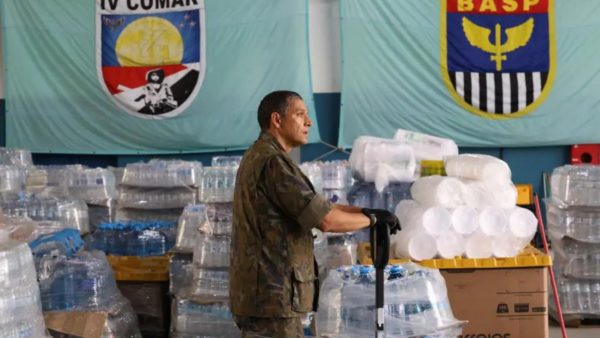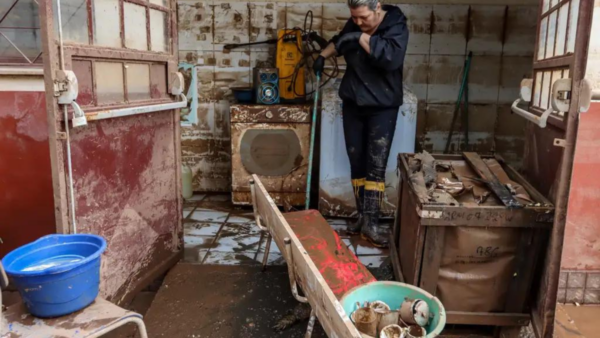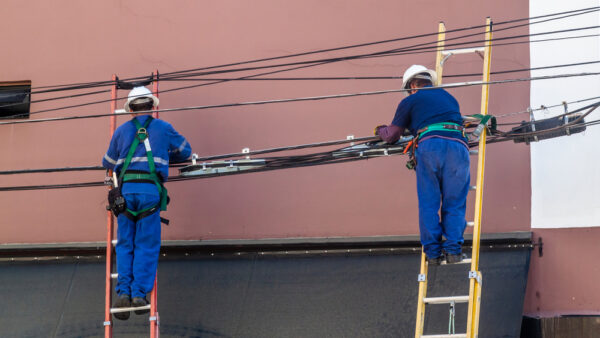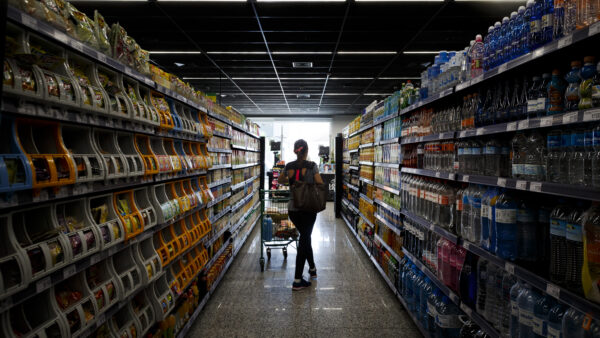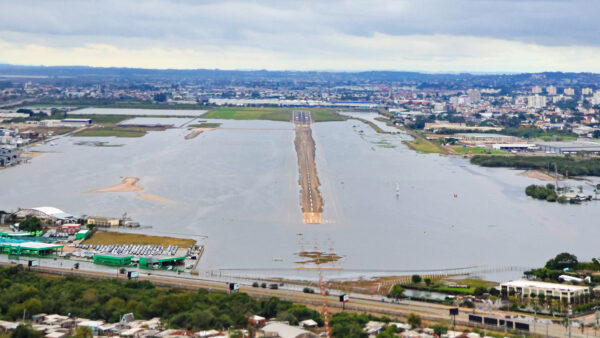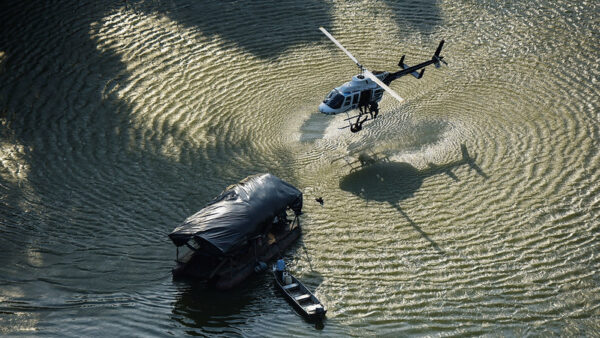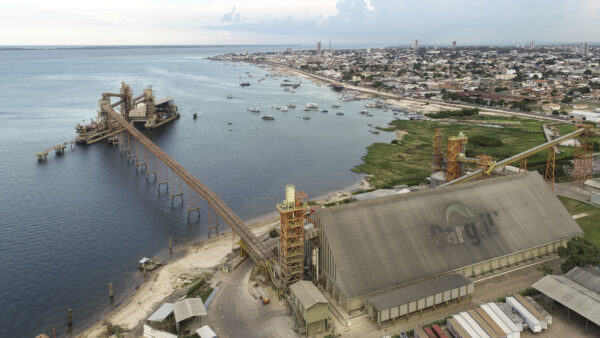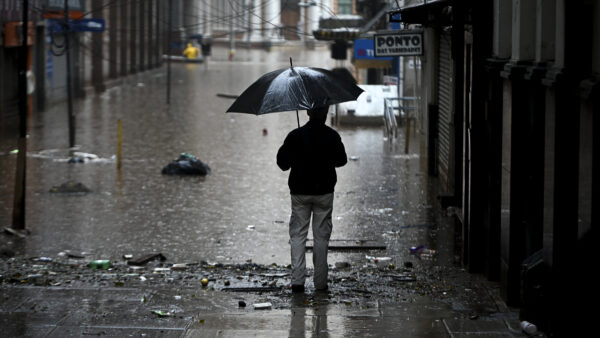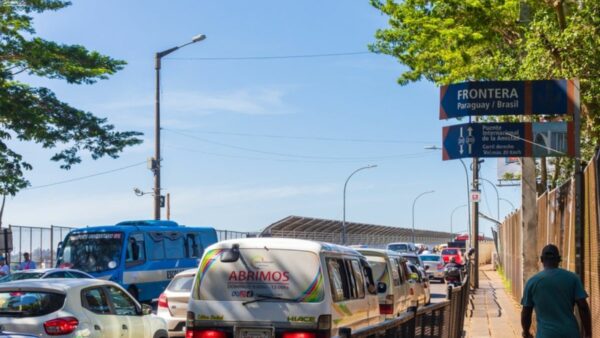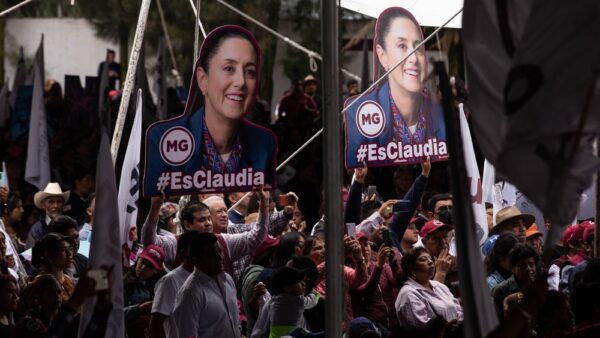The intense rains that hit Rio Grande do Sul and state capital Porto Alegre in recent weeks have affected more than 2 million people, with 161 deaths confirmed by the state’s civil defense office. We call these events calamities, tragedies, disasters. Words that denote unpredictability, and along with adjectives like “natural,” “environmental,” or “climatic,” they remove the responsibility from decision-makers.
But the extreme events that ravaged the state were predictable, and their effects could have been mitigated. However, the economic austerity policies widely implemented in Rio Grande do Sul in recent years, characterized by cuts in investments in vital sectors such as basic sanitation, have contributed to intensifying the consequences of this disaster.
A tragedy foretold in Porto Alegre
In September 2023, heavy rains left more than 2,000 people in Rio Grande do Sul homeless, affecting about 50,000 individuals due to floods.
In November of the same year, the volume of precipitation exceeded 300 millimeters, impacting more than 600,000 people and nearly half of the municipalities in the state. The same month, the National Institute of Meteorology (INMET) warned of heavy rains due to the strong El Niño phenomenon active in the region.
In April 2024, a new bulletin warned of a higher probability of above-average rainfall, advising constant risk monitoring for the population.
Two weeks after the intense rains that raised the level of the Jacuí River, causing the worst climatic event ever recorded in Rio Grande do Sul, new adverse weather events are worrying, with increased flooding in Guaíba River, which exceeded the five-meter mark in state capital Porto Alegre.
Indeed, the case of the state capital is emblematic. A succession of failures in the flood protection systems in Porto Alegre resulted in the historic center and ten neighborhoods being directly affected, impacting more than 150,000 people and various public facilities such as squares, public roads, schools, and health services.
At the forefront, the protection system includes a set of dikes designed to contain up to six meters of water, including the Mauá Wall. However, water began to invade the city center at the 4.5-meter mark due to gaps between the wall and the doors, as well as the malfunctioning or absence of the floodgate motors. These failures had already been identified during last September’s floods.
The urban drainage system, an essential component of basic sanitation services responsible for collecting and channeling rainwater to prevent flooding and inundations, is part of this complex. However, two weeks since the flooding began, only eight of the 23 pumping stations are operational, demonstrating the system’s inability to effectively manage the disaster.
The insufficiency of the flood protection system had already been pointed out in the 2015 Municipal Sanitation Plan. The document highlighted the lack of installed hydraulic capacity, with water flow capacity 70 percent below what was necessary, and the overall poor state of the installations, including mechanical and electrical systems.
Furthermore, the diagnosis pointed to the precarious operational conditions of the pump houses, some operating at below 50 percent capacity. Among them were the pumps at Rainwater Pumping Stations (EBAPs) 17 and 18, which remove water from the city center, the most affected area.
In 2020, City Hall replaced the motors in several EBAPs and automated the respective stations. At EBAP 17, which has had operational failures at least since 2018, the motor, previously operated by “buttons and levers,” was replaced. However, during the 2023 floods, the station once again displayed operational defects.
The recurrence of failures during the 2023 events indicates that these measures were not completely effective, raising questions about the maintenance and capacity of the system to handle extreme events.
Picking out the good bits
In Porto Alegre, urban drainage has been the responsibility of the Municipal Department of Water and Sewage (DMAE) since 2019. The agency has been targeted for privatization since at least 2017. During this period, City Hall hired the Brazilian Development Bank (BNDES) to conduct a study for the company’s privatization.
At the same time, a special inspection by the state’s accounts court (TCE-RS) pointed to City Hall’s direct interference in the company’s autonomy by deliberately hindering staff hiring, causing revenue losses and inconveniences to the population due to water shortages.
Moreover, the document highlighted the lack of evidence supporting public interest in the concession of DMAE, pointing to possible conflicts of interest due to BNDES’s role as an intermediary for attracting private resources and to DMAE’s sufficient capacity to obtain resources and meet investment targets.
In 2022, a new letter was sent by City Hall to BNDES reaffirming the intention to privatize the company and requesting that the studies consider including urban drainage in the DMAE concession model. This situation illustrates a critical conflict between the pursuit of efficiency in public service management and the pressure for privatizations that often compromise the quality and access to these services for the population.
In the BNDES Project Hub, the proposal is listed as a “partial concession of water supply and sewage services,” with estimated investments of BRL 5 million (USD 980,000), with no mention of including urban drainage. In fact, due to the high costs associated with macro-drainage, this service has historically been financed by public investments, not water and sewage tariffs.
The privatization of drainage services could result in significant tariff hikes, reaching values considered impractical today. Currently, the surpluses generated in DMAE’s cash flow contribute to investment capital in macro-drainage. Removing this component would leave the city administration with only the costs, while profitable services would be transferred to the private sector.
The company’s numbers reveal a scenario of disinterest and negligence regarding the maintenance and strengthening of public sanitation services in Porto Alegre. Over a ten-year period (2012-2022), DMAE’s investments have decreased by 44 percent, while resources allocated to the “rainwater” category, which includes macro-drainage, have been halved.
Simultaneously, there has been a significant reduction in the workforce. In 2012, the company had more than 2,300 employees, a number that declined to approximately 1,400 in 2022, resulting in a decrease in the quality and capacity of customer service. Additionally, the time dedicated to employee training has decreased by more than 70 percent, directly affecting the department’s technical competence.
These combined data reflect a pattern of deliberate weakening of DMAE over recent years, contributing to the deterioration of the drainage system and preventing a more effective and immediate response to extreme events in the state capital.
It reinforces the cherry-picking logic that has accompanied sanitation privatizations in the country, where the public sector assumes the costly functions of the service while the profitable ones, such as water and sewage, are granted to the private sector.
In this logic, systematic measures are adopted to weaken public sanitation companies, many of them with excellent service coverage rates, to pave the way for private concessions. This practice runs counter to global trends. While Brazil privatizes, France, Germany, the U.S., among others, are re-municipalizing their services.
In the face of extreme climatic events, there is an urgent need to review and improve public management policies and practices in the sanitation sector, aiming to ensure the efficiency, sustainability, and quality of services provided to the population.


 Search
Search